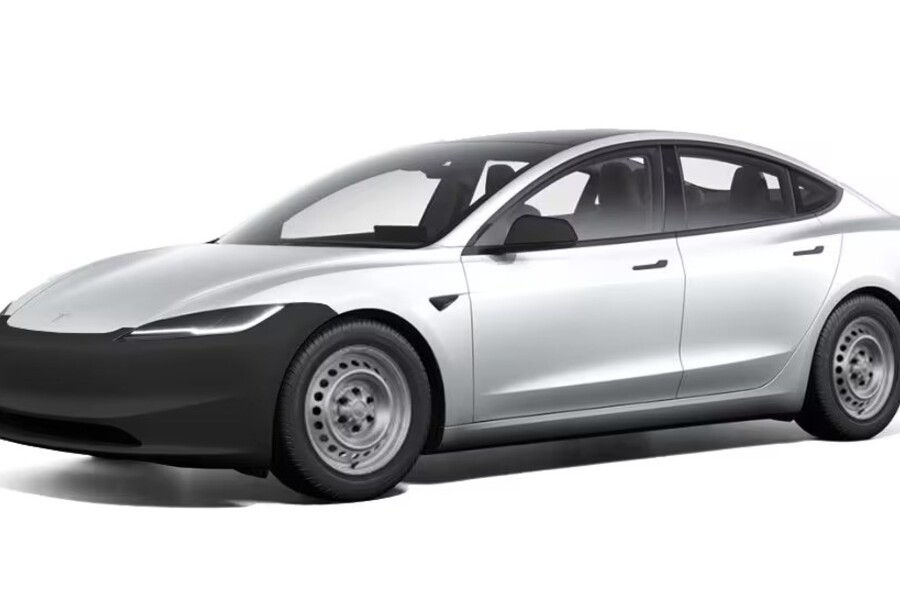Tesla is gearing up to introduce new, lower-cost electric vehicles later this year, aiming to reclaim its edge in a rapidly evolving and increasingly competitive EV market.
Tesla’s Chief Financial Officer, Vaibhav Taneja, confirmed during a recent earnings call that production of the new affordable models will begin in June 2025, with a market launch expected in the first half of the year. The vehicles, which have yet to be officially named, will leverage existing production lines instead of the new “unboxed” manufacturing approach Tesla plans to debut with its Cybercab robotaxi project in 2026.
According to Taneja, these models will be built using a mix of Tesla’s current and next-generation vehicle platforms. Visually, they are expected to resemble existing Tesla models—particularly the Model 3 and Model Y—fueling speculation that the upcoming vehicles will be stripped-down versions of these popular cars. This aligns with a previous Reuters report suggesting that Tesla would deliver pared-back versions of the Model 3 sedan and Model Y crossover to achieve lower price points.
However, while Tesla’s goal of a mid-2025 launch seems ambitious, Reuters cautioned that the rollout of the lower-cost variants has been “delayed by at least several months,” citing unnamed sources. The specific causes of the delay have not been disclosed.
What the Affordable Teslas Could Look Like
Industry watchers speculate that Tesla may revive the spirit of the once-promised $35,000 Model 3—an initiative that was briefly announced years ago but never fully realized. In its original iteration, the affordable Model 3 was designed with manually adjustable cloth seats, fewer speakers, and a smaller battery pack, creating a lighter vehicle with respectable driving range.
If Tesla employs a similar strategy today, the upcoming affordable models could ditch premium features like heated seats and extensive power accessories to keep costs low. A smaller battery pack—similar to the 50-kWh unit once offered in the Standard Range Model 3—could still deliver an estimated mid-200 miles of range, a practical figure for many drivers.
Notably, Tesla’s current least expensive Model 3 variant, the Long Range rear-wheel-drive model, boasts an 82-kWh battery offering up to 363 miles of range. Introducing a model with a smaller battery could attract budget-conscious buyers without major reengineering of the car’s core architecture.
Why Affordable Models Matter for Tesla
The push toward more accessible pricing comes at a critical time for Tesla. The company reported a staggering 71% drop in profits and a 9% revenue decline in the first quarter of 2025. Increased competition from other automakers—including Ford, Hyundai, Kia, and Chevrolet—has intensified the pressure. Many of these competitors not only offer compelling EV alternatives but also now have access to Tesla’s extensive Supercharger network, eroding one of Tesla’s former competitive advantages.
Rivals such as Hyundai already offer Standard Range versions of their Ioniq 5 and Ioniq 6 models, positioning themselves as attractive alternatives for consumers seeking affordability without sacrificing quality.
What’s Next?
While excitement builds for a potential return of a $35,000 Tesla, expectations for an even cheaper $25,000 EV—the “Model 2” once hinted at by Elon Musk—appear increasingly distant. Whether Tesla can meet its mid-2025 production and launch timeline will be closely watched, especially as the company seeks to revive growth amidst a tightening EV market.
The new models could prove pivotal not just for Tesla’s bottom line but also for maintaining the company’s reputation as a leader in electric vehicle innovation and accessibility.

